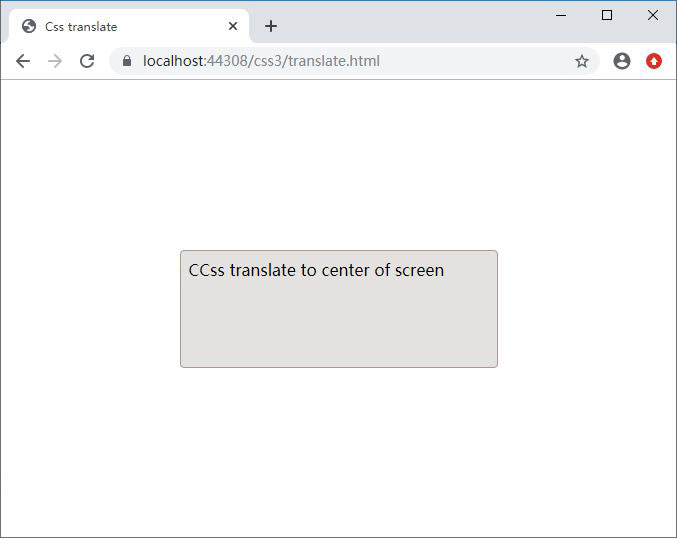

In the Vertical alignment box, select Top, Middle, or Bottom. In the Format Text Box dialog box, click the Text Box tab. Add all the elements to a section element Select the section element In the Style panel set the display setting to flex Set it to Vertical Direction Set. On the shortcut menu, click Format Text Box. The example above sets margin top and bottom with 50px. 1 day ago &0183 &32 Google Meet Screen ControlControls for meeting hosts Anyone can easily pin, mute, or remove participants.' Once youre in the Change Layout menu, you can select any of the available layout options and your screen will reflect the changes instantly in the background.Google Meet has 10476 reviews and a rating of 4. The window closes and the selected text becomes. Center an image horizontally and vertically If you know the height of the image’s parent, you can use the margin attribute to make the image center horizontally and vertically. Right-click the text box for which you want to set vertical alignment. Click the Vertical Alignment drop-down menu and select Center. Under General, in the Alignment list, click the alignment you want. On the Home tab, in the Paragraph group, click the Paragraph dialog box launcher, and then click the Indents and Spacing tab. Select the paragraphs for which you want to change the horizontal alignment. You can adjust these alignments in Publisher. Vertical alignment determines the placement of the text within the text box vertically. Horizontal alignment determines how the left and right edges of a paragraph fit between the left and right margins of a text box. Publisher for Microsoft 365 Publisher 2021 Publisher 2019 Publisher 2016 Publisher 2013 Publisher 2010 Publisher 2007 More. Re #4: Really the same point as #2, although I didn’t catch that pos: absolute was part of this one as well, which does kind of distract from the height issue ( the fact that the elements are layered on top of each other is a more eye-catching layout bug than the fact that they’re not vertically centered.). Let’s say I want to vertically center two inline-block siblings of different height: Re #2: I actually am on the same track here as the commenter you just buried for tone. Regardless, that leaves the div html, which indeed does have an explicit height, which is what is powering the vertical centering. The first thing I did when I looked at the pen was delete the HTML table, since that’s not realistic/preferred for most of my use cases, though maybe I am being overly table-phobic there. Re #1: I feel like we’re missing each other on this one. I just think it would be improved if you acknowledged some of the caveats that I think are at the root of the complaint you’re trying to dismiss. Regardless, I still really like the idea of this –it’s sorely needed. I think pos: absolute is a major caveat when laying things out, since it can have the unintended consequence of having elements layer over one another.Ĥ) Also, in that same pen, the element fails to stay vertically centered if it has a sibling that stretches the vertical height of the parent.

If I don’t know the height of the child, it’s quite common for me to also not know the height of the parent.ģ) In your “both hor & vert example” where the height is unknown, it’s a little weird to have the child be pos: absolute and imply that this is no big deal.

To me, that defeats the purpose of trying to handle the unknown-height scenario.
However, I think you’re missing the spirit behind the classic “centering is hard” complaint in a couple of places, which, at least for me, always comes back to not knowing the height of the elements.ġ) Your display: table-cell fix relies on knowing the height of the child element.Ģ) In your “is it block level” -> “is the element of unknown height” you proceed to give the parent an explicit height.Good idea! I like the concept of this article and also the show/hide structure.


 0 kommentar(er)
0 kommentar(er)
